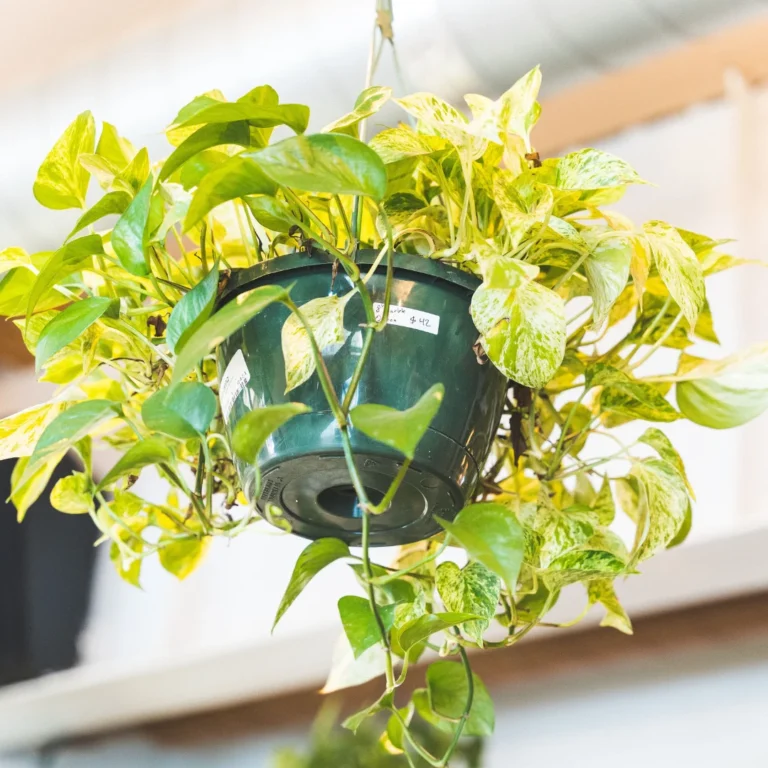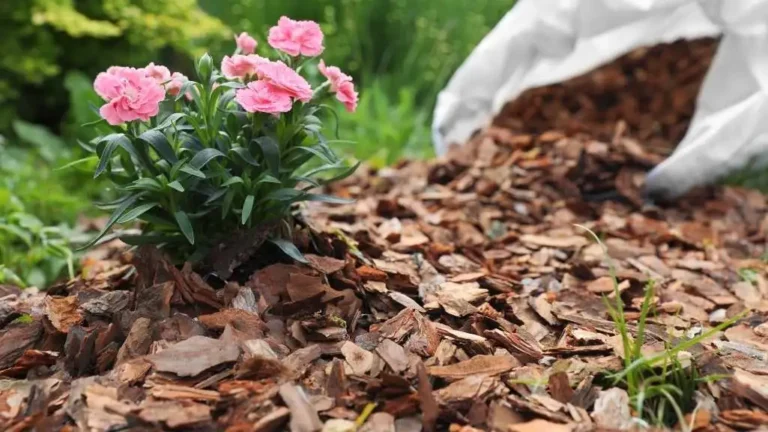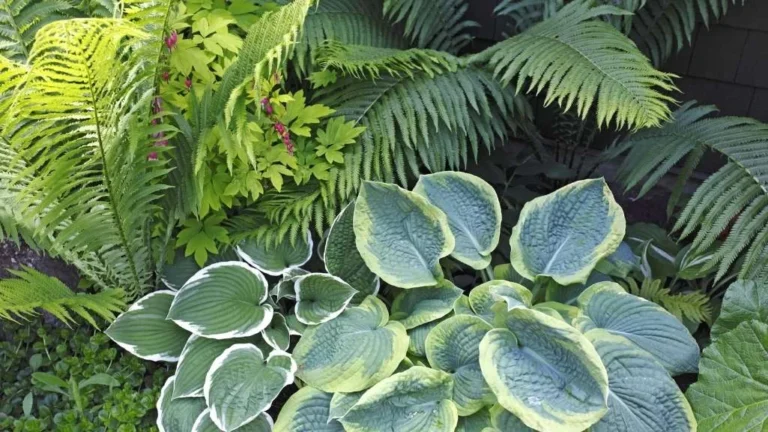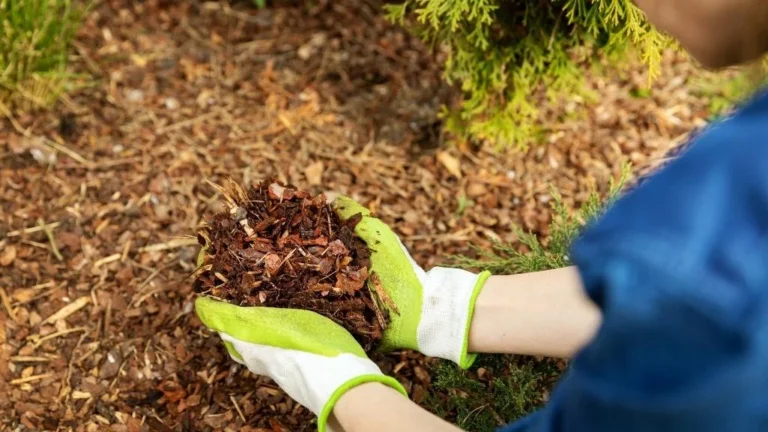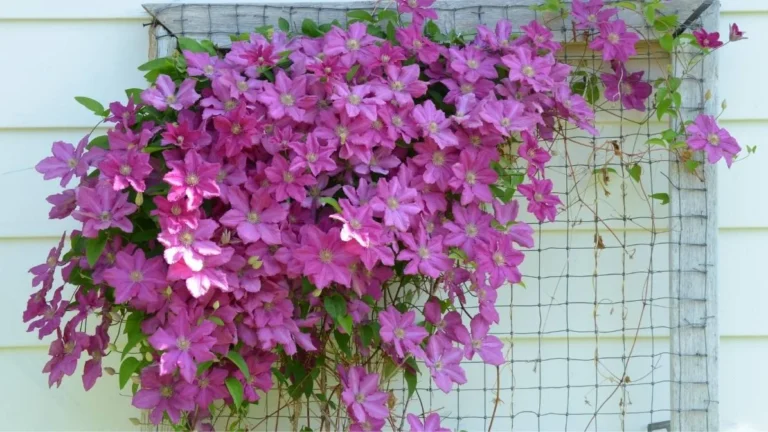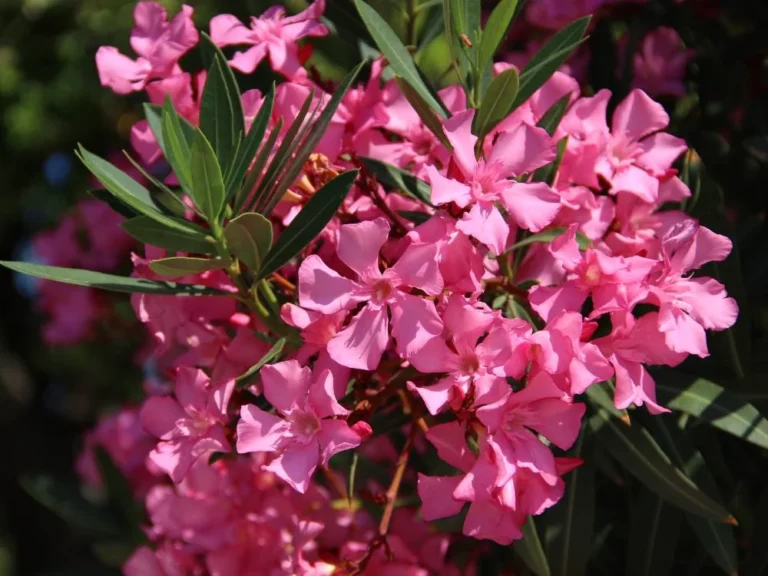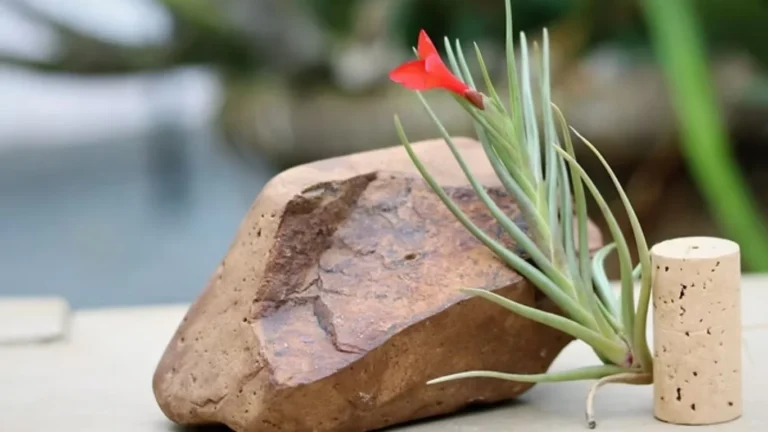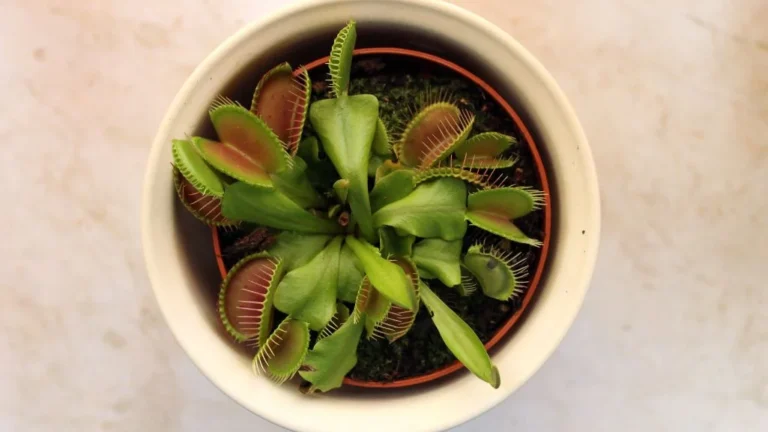Every plant lover has a common plant. Yes! You got it correct. It’s a hanging pothos. My first plant was also Pothos. Nowadays, it has become one of the most common things in households. Though there are reasons like it’s a hardy plant (Even if you try to kill it, you can’t), it can survive in any situation. One of my pothos cuttings got unplanted mistakenly, and I found it after a week, still surviving without soil and water. The nature of pothos ultimately made it popular among all plant lovers. Pothos gained popularity in the mid-20th century. So, for almost eighty years, pothos have been ruling household plant collections.
Now, with people going crazy for exotic plants, are pothos still worthy? Why should someone have a pothos? Can pothos stand out alongside exotic plants? Are pothos still worthy? In this article, I will talk about these questions and also tell you about my techniques for making pothos thrive.
History of Pothos
Why You Should Have a Pothos?
The first reason is its low maintenance. It can easily survive in any lighting condition and any type of soil. Pothos can also be grown in water, so you don’t require soil to grow this plant. And if I talk about watering pothos, this plant is also drought tolerant. So, if you tend to forget to water your plant, get a pothos. It will forgive you for not watering for weeks.
The second reason for having a Pothos is that it comes in many varieties, which are easily available and easy to grow, like golden pothos. You can find Pothos with patterned leaves and a variety of different shades of color. My current favorite is Shangri la pothos, also known as sleeping pothos. You can also go for neon pothos, which has bright neon color leaves; another option can be marble queen or snow queen pothos and many more. There are around 10 to 12 varieties of pothos, so choose the one you like and make it thrive.
The third reason that I am going to tell you about is the reason why I got pothos. I have a little apartment, and I don’t have enough space for floor plants. So, I got pothos and hung them. I have eight varieties of pothos, which are hanging at different places in my apartment. So, if you are facing the same issue as me, go for hanging pothos.
Lastly comes the fourth reason, which is a bit theoretical. Pothos is good at purifying air, so if you want a clean environment at your place, get a Pothos plant. Though there are many more plants that do air purify, you can go for them, too.
Appearance of Pothos
Leaves
Let’s talk about Pothos leaves first. It has glossy, heart-shaped leaves in shades of green, lemon, white, yellow, and various combinations of these colors in different variations.
Height
Pothos is a fast-growing vining plant that can grow from inches to 20-60 feet depending on its variation and environment.
Types of Pothos
There are about twelve varieties of pothos that are commonly available, such as Golden Pothos, Neon, N’joy, Manjula, Marble Queen Pothos, Pearls and Jade pothos, Jade Pothos, Cebu Blue Pothos, Glacier Pothos, Satin Pothos, Global Green Pothos, Shangri La Pothos, Hawaiian Pothos.
Care Routine for My Hanging Pothos
Pothos Soil Mix
As I have mentioned earlier, pothos can grow in any soil, even without soil (in water). However, if you want to make the plant thrive and get big shiny leaves, you must go for a good pothos soil mix.
I always ensure loose-moist soil that helps the roots to grow fast. To make a loose and nutrition-rich potting mix, I use an equal amount of gardening soil and coco-peat (for keeping the soil moist), 20% vermicompost, or compost as fertilizer.
If you want to add perlite (optional) to increase rooting and ensure aeration and insulation in the potting mix, you can. I don’t use perlite for pothos potting mix.
Container for Pothos
Pothos can adjust easily to be kept in clay, plastic, ceramics, fiberglass, or fabric containers. I prefer keeping pothos in a hanging planter; as you know, I am running out of space for floor plants.
I use plastic containers for hanging my pothos plants because plastic is lightweight and can easily be hung and moved to change placement. I often move my plants from one place to another to change the look of my home, and plastic hanging containers allow me to do that easily.
How Much Sunlight Pothos Needs
As I have mentioned earlier, pothos don’t require too much light, and so it does. I have kept one of the golden pothos hanging in my bathroom, and it’s doing great. So, if your house is not well-lit, you can get a pothos without worrying about sunlight.
However, in the case of some variegated pothos, such as Manjula pothos, which have less green color in their leaves, they prefer direct sunlight. It would be great for the plant if variegated pothos were placed where it would get a maximum of two hours of morning sunlight.
When and How to Water
Pothos can survive with water for at least two weeks in summer, so watering is also not an issue for them. But to get a happy plant, you should care about it a little, so I suggest watering pothos when the soil feels dry.
Usually, in summer, I water every other day and once a week during winter.
Feed the Pothos
Usually, pothos don’t need an abundance of fertilizer. Liquid organic seaweed solution or nitrogen-based fertilizer can be used every 4 to 6 weeks in spring and summer. Don’t put any fertilizer in winter.
Re-potting my Hanging Pothos
I usually do re-pot Pothos when the plant’s growth becomes slow or the leaves start to grow small. This situation happens when the plant’s roots get bound and cannot absorb enough nutrition for its optimal growth. This situation usually happens once a year, so I repot my hanging Pothos once a year.
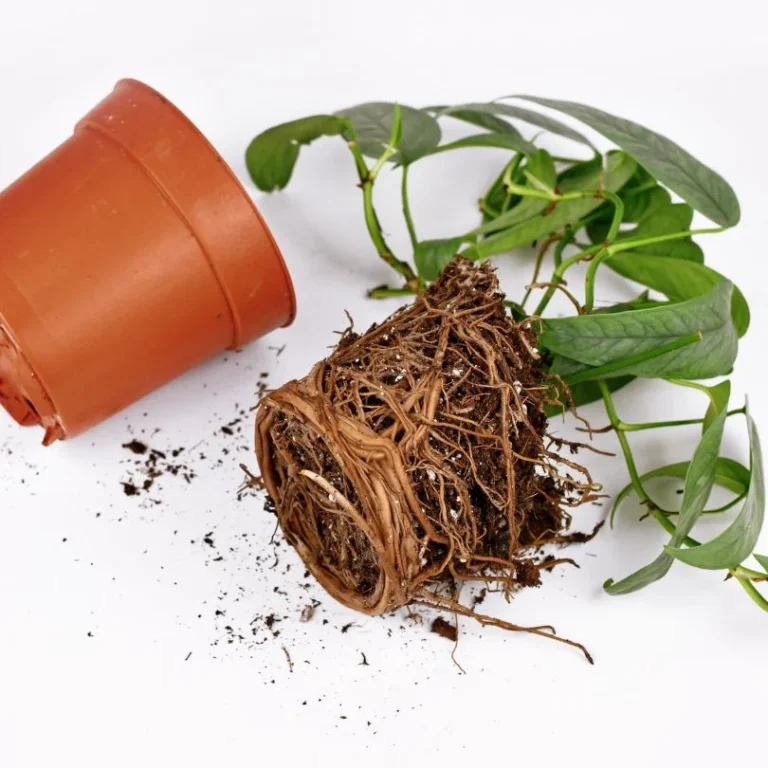
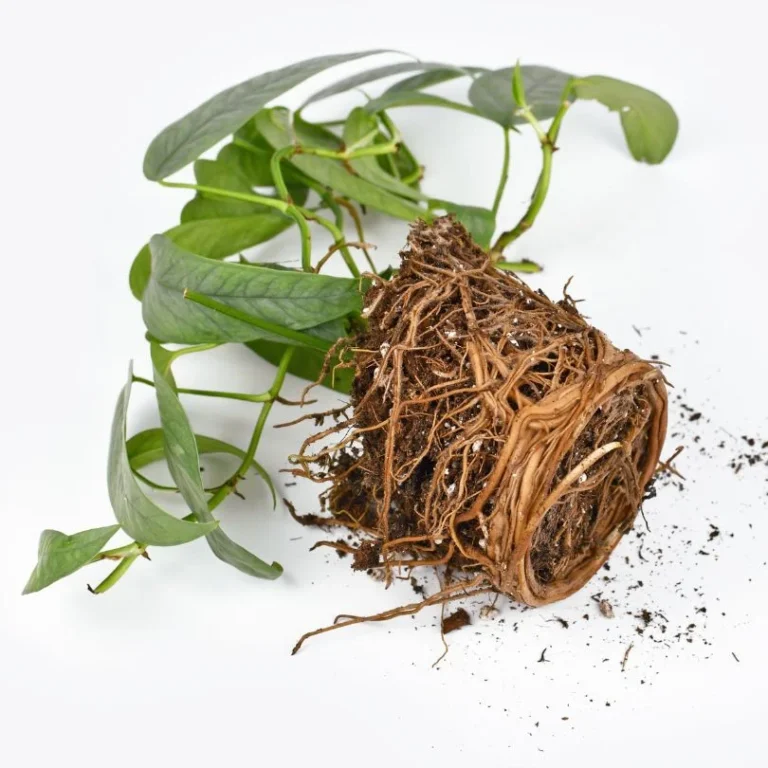
Repoting my Cebu Blue Pothos
Pruning for Uninterrupted Growth
Pruning is essential for almost all plants. Pothos plants also need pruning for faster and bushier growth. Without pruning, the plant gradually gets a leggy shape. Prune the plant with a sterilized blade in any season except winter. Always remember to prune a stem with 3/4 nodes with which you can propagate another plant.
Protect Pothos from Pest
I have not faced any pest and related issues of pothos.
But it can be home to mealybug, spider mites, and aphids. A tiny amount of neem oil mixed with water or soap can be sprayed to eliminate mealybugs, spider mites, and aphids.
Dealing with Common Issues of Pothos
Issues that people usually face with pothos have been discussed below with solutions.
Burned leaves
Observe the plant. Is it under the direct sun? Burned leaves give you a sign of this. Move the plant to a place where it gets indirect bright light.
Yellow leaves
Yellow leaves are a sign that the plant is getting too much water. Either it is being overwatered, or the excess water is not draining out of the container, which can eventually lead to root rot. In this case, you should repot the plant. While repotting, remember to trim off the rotten roots. Yellow leaves should be removed by pinching.
Leaf dropping
Leaf dropping is a sign of underwatering and being root-bound. If the plant suffers from drought, provide sufficient water until it passes through the drainage holes. In the case of being root-bound, the plant needs repotting.
Propagate Pothos Efficiently and Effectively
Propagating is fun! Pothos propagation is quite an easy process. When propagating pothos, one must be careful about the season; pothos must not be propagated in the winter. You can propagate Pothos in three ways.
- Water propagation,
- Soil layering
- Propagation using coco-peat
Water propagation
This is one of the most successful methods of propagation. The steps are as follows:
- First, take a healthy cutting from a healthy pothos plant. Each cutting should be around 4 to 6 inches long and have at least 2 to 3 nodes.
- Choose a jar and fill it with clean tap water. Put the cuttings into the water.
- Place the jar in a bright place where it will receive adequate light. Also, remember to change the water every ten days.
- Over the next few weeks, new roots will become visible.
- Once the roots are established, the new saplings are ready for transplanting into a well-drained potting mix.
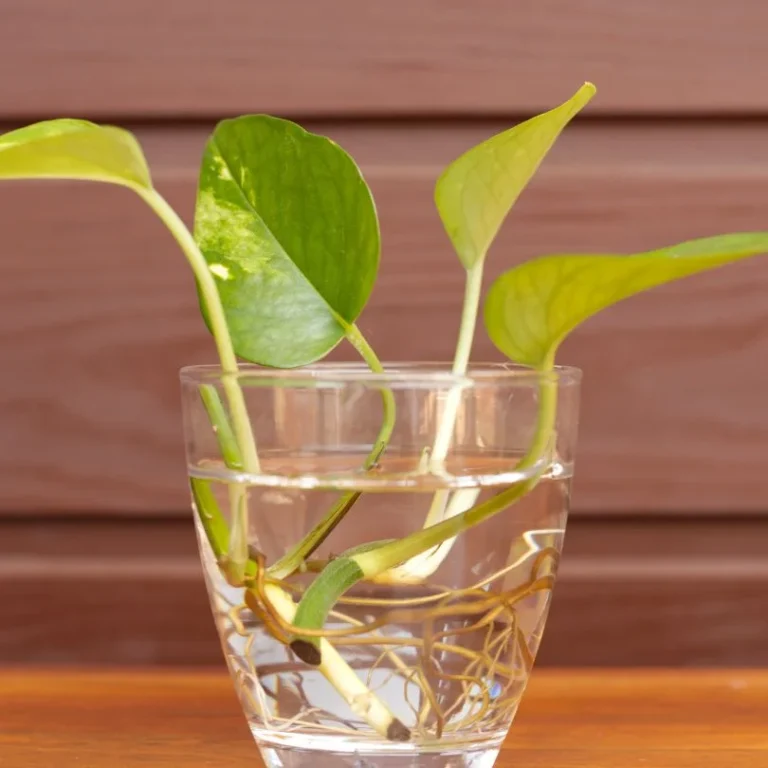

Soil layering
I find soil layering to be the most interesting way of propagating pothos.
- Choose a healthy stem from the parent pothos plant with several nodes in this case.
- Make a 2-to-3-inch indentation in the existing container, then place the selected nodes in that space.
- Cover the node with soil.
- Within a few weeks, you will find new roots are coming out.
- When the roots mature, you can cut the stem from the mother plant and pot the new plant in a new container.
Propagation using Coco-peat
Propagating pothos using coco peat is another easy way of propagating this plant. Most of the time, I propagate by using this process.
- As previously mentioned, choose a healthy stem for cutting, and you can dip the cutting in root hormones as you wish.
- Fill a container with holes under it with coco peat. Make small holes in the coco-peat using your fingers and put the cutting into the holes.
- Place the container in bright, indirect light and moisten the coco peat. Keep an eye on the coco peat to ensure it is not waterlogged.
- After two weeks, the roots will become visible.
- Once the roots have matured, the plant should be potted in the perfect soil mixture.
How to Make Pothos Bushy?
Firstly, regular pruning is necessary for getting a bushier plant.
Pinching (removing the growing bud by pinching) can increase branching.
Set up a coco pole or moss pole so the plant can get nutrition from its aerial roots. Remember to moisten the poles.
Spraying Epsom Salt mixed with water increases the leaf size.
Are Pothos Still Worthy?
Pothos can totally hold their own, even next to exotic plants. I know they might seem common, but that doesn’t make them any less worthy. Honestly, they’re kind of underrated when you think about how easy they are to care for and how great they look.
First off, those variegated leaves! They’re gorgeous especially varieties like ‘Sleeping Pothos’ or ‘Marble Queen.’ The mix of greens, whites, and yellows is striking, and they pop just as much as some of the more exotic plants out there.
Plus, pothos are super versatile. You can put them pretty much anywhere low light, bright light, they’ll thrive. And if you’re into displaying plants in creative ways, the way they trail and climb is perfect. They can cascade from shelves or hang from baskets, adding that wow factor next to your more dramatic, exotic plants.
Honestly, the low-maintenance aspect alone makes them a winner. Exotic plants can be picky, but pothos? They’re like the chill friend who always looks good without trying. Definitely, pothos are still worthy.
Frequently Asked Questions
How cold can pothos tolerate?
Pothos can grow well in USDA zones 10 to 12. These zones have warmer temperatures, which pothos prefer. But it can tolerate temperatures as low as 50°F (10°C). If it gets too cold, below 50°F, the plant might start to suffer and show signs of stress. In that case, keep the plant indoors to avoid cold drafts.
Does Pothos like direct sunlight?
Technically, pothos don’t like direct sunlight as it can burn its leaves. Keeping it in a place where it gets bright, indirect light is the best. I prefer keeping my pothos where it gets soft morning direct sun because I think it helps keep my pothos’ colour intact.
Why does my pothos only have one vine?
If your pothos only has one vine, it might be because it isn’t getting enough light or nutrients, or it may be a young plant still growing. To encourage more vines, give them bright, indirect light, feed them with a balanced fertilizer, and trim the vine to promote new growth.
Why is my pothos losing leaves?
When my pothos lose leaves, I check for the following factors.
- Overwatering: Too much water can lead to root rot, causing leaves to turn yellow and drop.
- Underwatering: The plant may drop leaves to conserve moisture if the soil is too dry.
- Low Light: Insufficient light can cause the plant to shed leaves.
- Temperature Stress: Cold drafts or temperatures below 50°F (10°C) can stress the plant, leading to leaf loss.
- Pests or Disease: Insects or fungal issues can also cause leaves to drop.
Check these factors to help your pothos recover.






